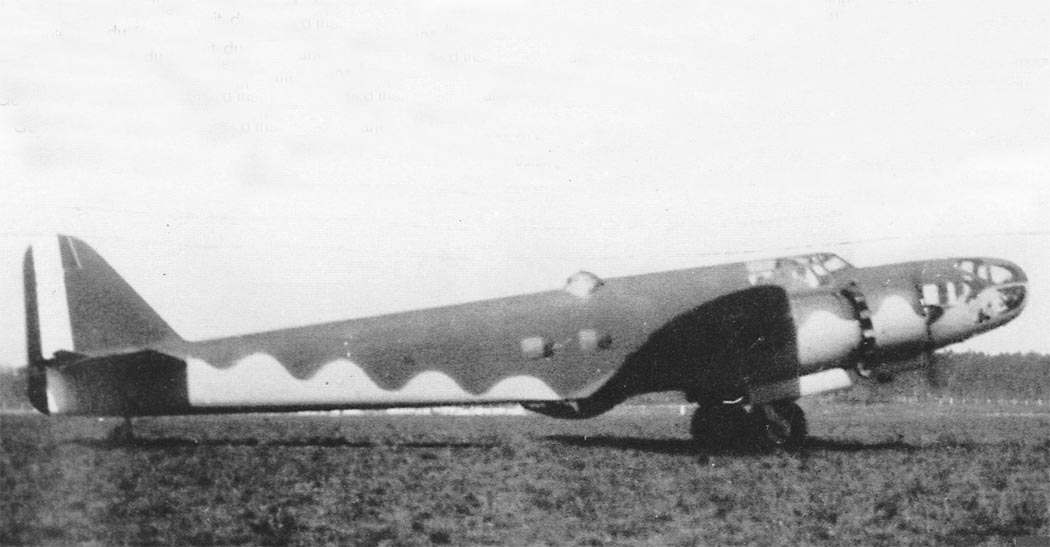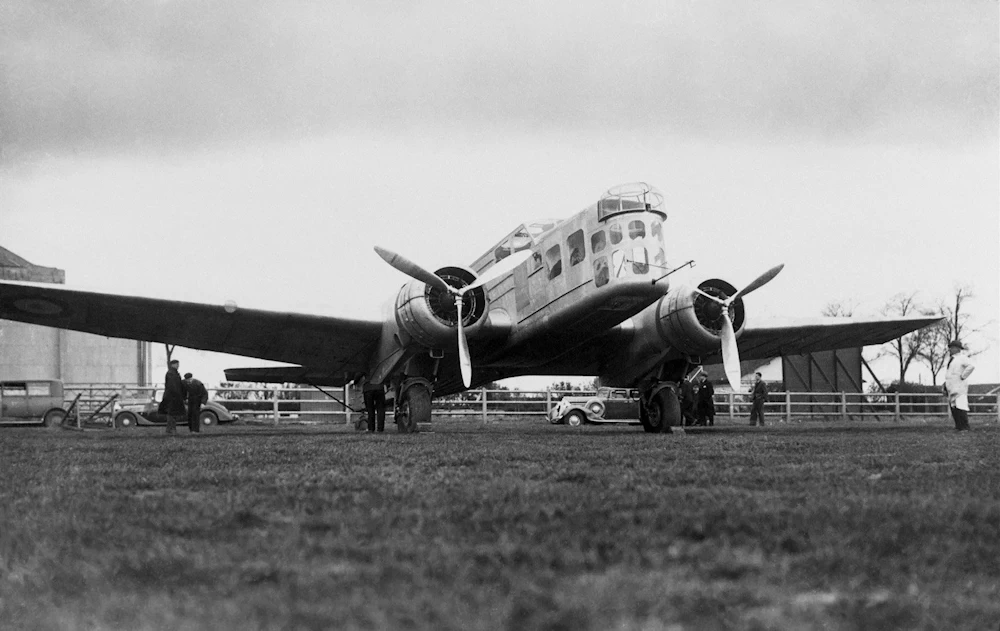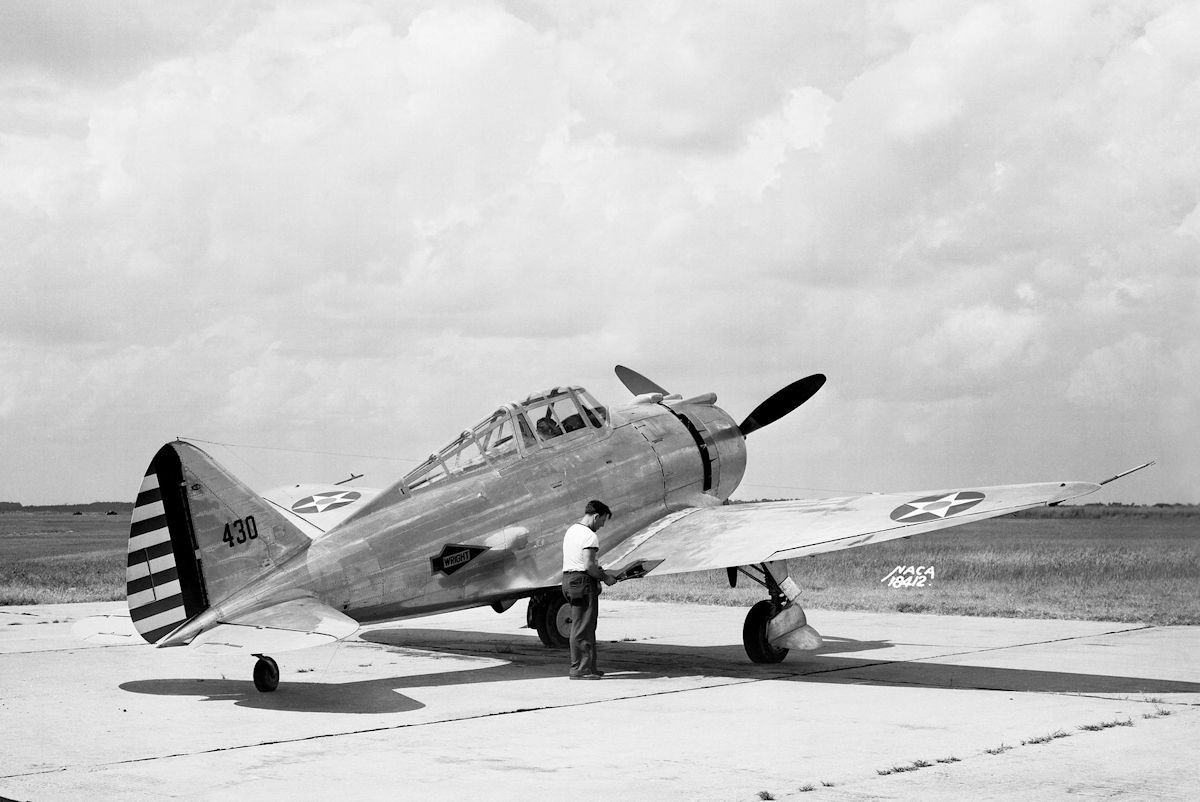Tag: Aircraft
-
Bloch MB.131 French Bomber

Bloch MB.131 French Bomber Although based on the previous MB.310 design, the Bloch MB.311 was a more modern and aerodynamic design. The first prototype flew on August 12, 1936, followed by the second prototype on May 7, 1937. This second aircraft added a fifth crewman, relocated the dorsal turret, and added a ventral turret. During… Read more
-
Bloch MB.130 Reconnaissance Aircraft

Bloch MB.130 Reconnaissance Aircraft The Bloch MB.130 was designed in response to a French Air Staff requirement for a fast multi-seat BCR (bomber, combat, reconnaissance) aircraft. First flying on 8 June 1934 at Villacoublay It was designated the MB.130 A. It was powered by two 760hp Gnome-Rhône 14 Kdrs engines and fitted with a fixed,… Read more
-
Seversky XP-41

Seversky XP-41 Developed for the United States Army Air Corps (USAAC), the Seversky XP-41 was a single-seat fighter aircraft. The last production Seversky P-35 was modified by adding a new streamlined canopy, a Pratt & Whitney R-1830-19 engine with a two-speed supercharger, and revised landing gear. First flying in March 1939 it was developed in… Read more